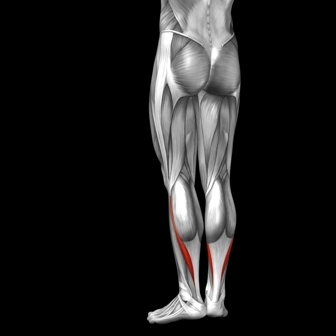Podiatry Coding & Billing Alert
Part 2, Bunionectomy:
Conquer Bunionectomy Coding by Knowing Whether Podiatrist Performed Osteotomy
Published on Tue May 17, 2022

You’ve reached your limit of free articles. Already a subscriber? Log in.
Not a subscriber? Subscribe today to continue reading this article. Plus, you’ll get:
- Simple explanations of current healthcare regulations and payer programs
- Real-world reporting scenarios solved by our expert coders
- Industry news, such as MAC and RAC activities, the OIG Work Plan, and CERT reports
- Instant access to every article ever published in Revenue Cycle Insider
- 6 annual AAPC-approved CEUs
- The latest updates for CPT®, ICD-10-CM, HCPCS Level II, NCCI edits, modifiers, compliance, technology, practice management, and more
Related Articles
Other Articles in this issue of
Podiatry Coding & Billing Alert
- Medicare:
Conquer Medicare’s Routine Foot Care Policy With Ease
Observe the systemic conditions exception. During the recent Virtual HEALTHCON session “Let’s Talk About Feet,” [...] - Part 2, Bunionectomy:
Conquer Bunionectomy Coding by Knowing Whether Podiatrist Performed Osteotomy
Code 28299 has 3 different double osteotomy options. Last month, you learned all about three [...] - Billing:
3 Handy Tips Keep Your Claims Process Running Smoothly
Always verify the reason the original claim was denied. If you submit duplicate claims in [...] - You Be the Coder:
Figure Out This Calcaneal Fracture Scenario
Question: The patient had a displaced fracture of the body of the right calcaneus caused by [...] - Reader Questions:
Be Mindful of Claims Review Process
Question: Would it be more efficient, in terms of time and money, to review a percentage [...] - Reader Questions:
Identify Correct ICD-10-CM Code for Cuboid Fracture
Question: What function does the cuboid bone have and which ICD-10-CM code should I report if [...] - Reader Questions:
Discover Heel Spur Surgery Options
Question: Can you explain the surgical options for heel spurs? Texas Subscriber Answer: There are several CPT® [...]
View All




